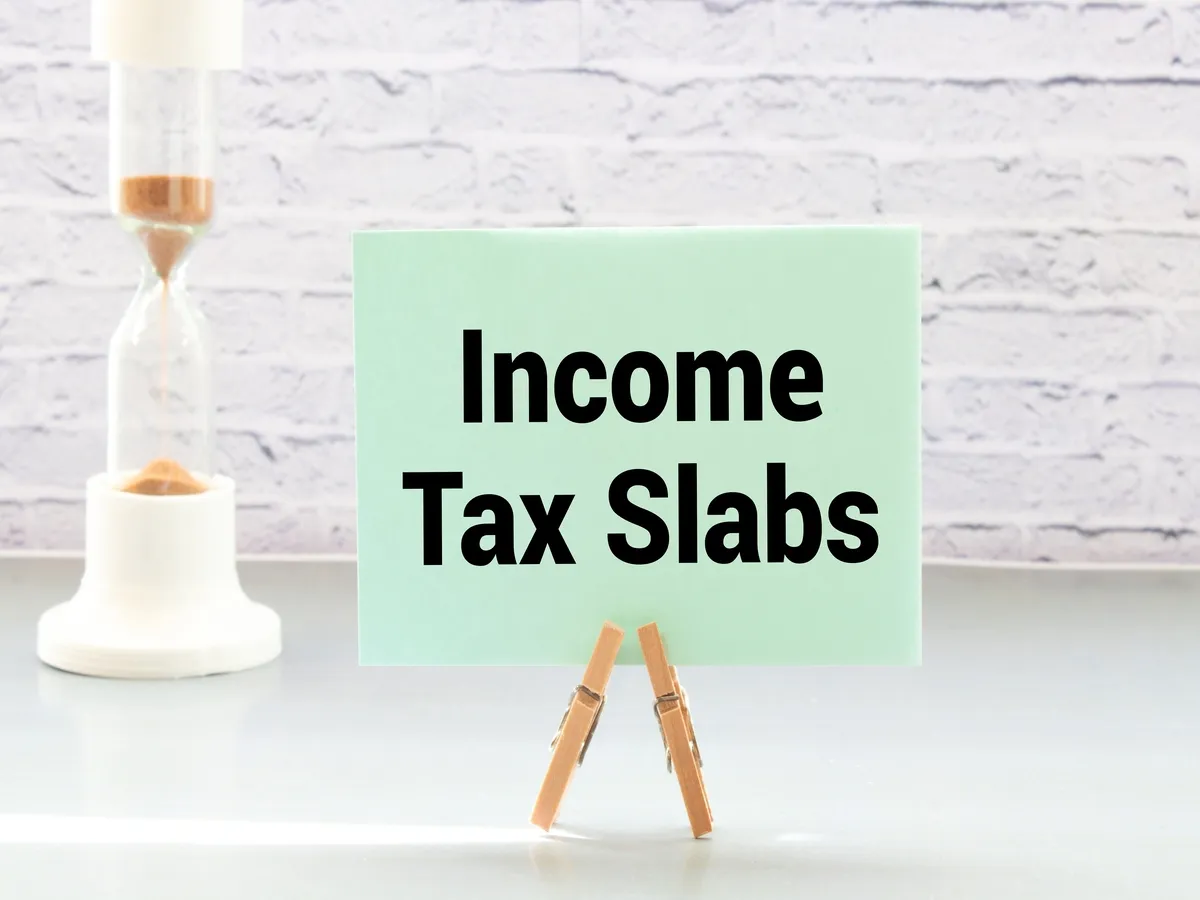Personal Finance News
About to miss your ITR filing date? You will automatically move to new tax regime
.png)
4 min read | Updated on July 05, 2024, 15:52 IST
SUMMARY
The standard due date for ITR filing is July 31st (extended to October 31st if your accounts are audited). The deadline for the financial year 2023-24 (FY24) is fast approaching.

About to miss your ITR filing date? You will automatically move to new tax regime
In the 2020 budget, the government announced the new tax regime for individuals and HUF. Taxpayers now have two options, the Old Tax Regime and the New Tax Regime. But which one applies to whom? In India, there isn't a strict deadline to choose a specific tax regime for salaried individuals for FY24 (AY 2024-2025). However, filing your ITR by the deadline essentially acts as the deadline to choose the tax regime.
If you haven’t chosen your tax regime, the New Tax Regime is the default, your employer will automatically deduct tax based on the new regime.
What is the old regime?
The old tax regime includes various deductions, exemptions, and allowances that taxpayers can claim to reduce their taxable income. Under the old regime, taxpayers can claim deductions for expenses such as investments in certain financial instruments, insurance premiums, housing loan interest, etc.
| Income Tax Slab (Rs) | Tax rate |
|---|---|
| Up to 2,50,000 | Nil |
| 2,50,000-5,00,000 | 5% |
| 5,00,000-10,00,000 | 20% |
| Above 10,00,000 | 30% |
What is the new tax regime?
The tax rates under the new regime are lower than the old tax regime. However, there are no deductions and exemptions available except for the deduction under sections 80CCD(2) and 80JJA (available for business income). The New Tax Regime aims to simplify the tax structure and offer lower tax rates to individuals and Hindu Undivided Families (HUFs), thereby reducing the compliance burden and promoting ease of tax filing. The number of tax slabs under the new tax regime has been reduced from 6 to 5, and the basic exemption limit has been raised to Rs 3 lakh from Rs 2.5 lakh.
| Income Tax Slab (Rs) | Tax Rate |
|---|---|
| 0 - 3,00,000 | Nil |
| 3,00,001 - 6,00,000 | 5% |
| 6,00,001 - 9,50,000 | 10% |
| 9,00,001 - 12,00,000 | 15% |
| 12,00,001 - 15,00,000 | 20% |
| Above 15,00,000 | 30% |
Difference between new and old tax regimes:
The key differences between India’s new and old tax regimes are primarily in the tax slabs, rates, and the availability of exemptions and deductions. Here’s a summary of the main distinctions:
The new tax regime offers revised tax slabs and lower rates but does not allow most exemptions and deductions.
The old tax regime follows a progressive tax structure with various exemptions and deductions, where higher income levels attract higher tax rates.
Exemptions and Deductions:
- Under the new regime, taxpayers cannot claim several exemptions and deductions, such as HRA, LTA, Section 80C, Section 80D, etc.
- The old regime allows these exemptions and deductions, which can significantly reduce taxable income for those who make investments and expenditures that qualify for these benefits.
Standard Deduction:
- A standard deduction of Rs 50,000 is now available under both regimes for salaried employees.
Rebate Limit:
- The new regime offers a full tax rebate on an income up to Rs 7 lakh, whereas the old regime’s threshold is Rs 5 lakh.
Surcharge for High Net Worth Individuals:
- The surcharge rate on income over Rs 5 crore has been reduced from 37% to 25% in the new regime. If you choose the old tax regime, you'll still pay the full 37% surcharge on income exceeding Rs 5 crore.
Overall, if your income is high, the new tax regime is sensible as this reduced surcharge can mean significant tax savings.
File ITR on time to claim the old tax regime benefit:
The new tax regime is the default option. To claim the benefits of the old tax regime, you must file your Income Tax Return (ITR) by the due date, which is July 31. If you file your ITR late (between August 1st and December 31st), you will be automatically switched to the new tax regime and won't be able to claim the potential benefits of the old tax regime for that year.
By signing up you agree to Upstox’s Terms & Conditions
About The Author
Next Story

